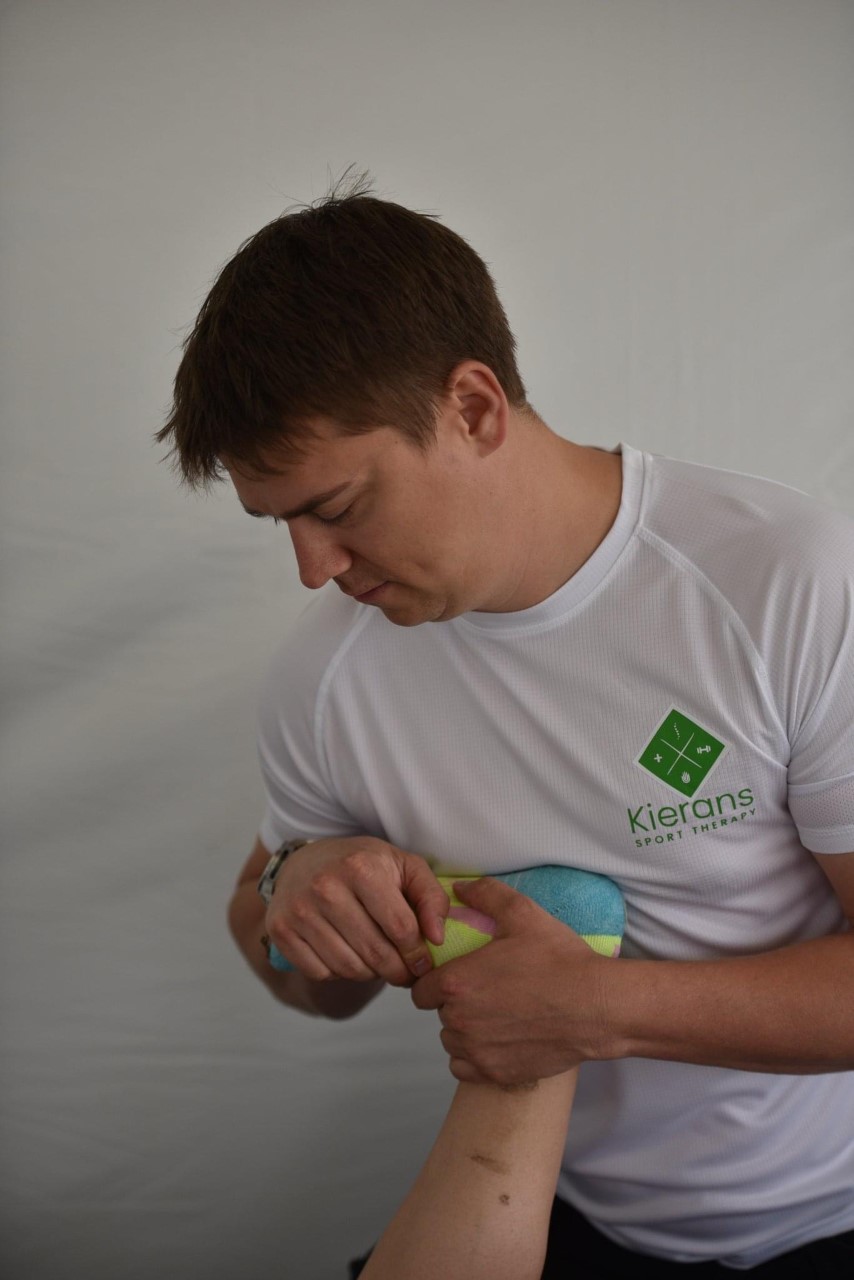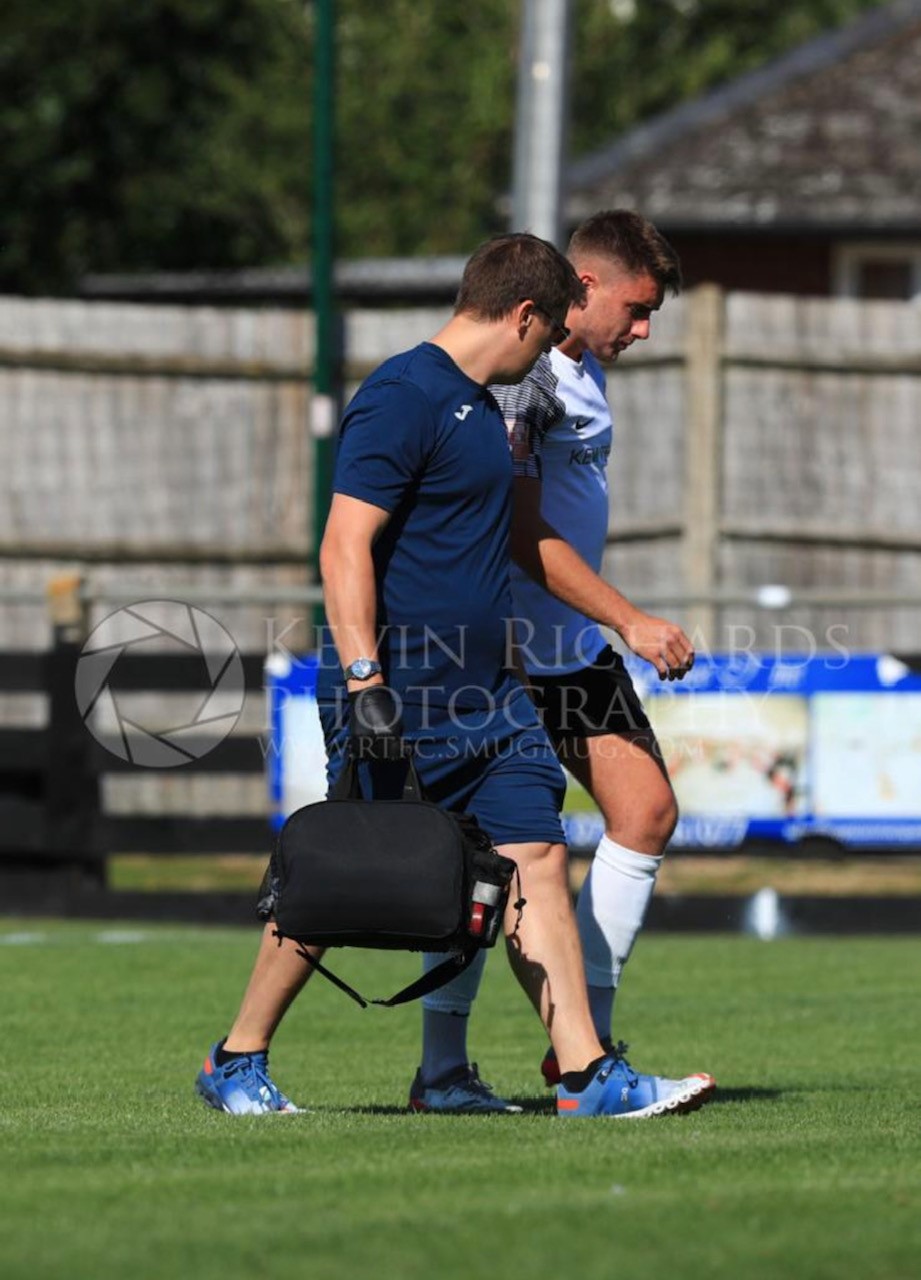When an athlete is injured at an acute level there are a number of stages in psychological responses they may go through. The first is usually denial; convincing themselves it’s not as bad as it seems and will be able to ‘walk it off.’ Once the realisation kicks in it’s worse than initially thought comes bargaining; it’s painful and there’s obviously some damage, but they won’t need to have any rest. It should clear up overnight. If the injury still lingers after a time, the athlete may have an anger toward themselves and at the situation that led to the injury; it wasn’t their fault, they planned on staying home but work was crazy today and had to get out to burn off some steam. Often the 4th stage is depression; they just want to train but this one tiny problem is stopping them. The final stage is acceptance. The realisation that there is actually an injury here that needs to be addressed. Acceptance is where the athlete will hopefully get their head together and start to put a plan together to get better.
It’s worth noting that not all of these stages are felt by everyone, and sometimes are in a completely different order. The most important of course is accepting that there is an issue, and not to ignore it before it could potentially become worse or just not go anywhere for a long time. I commonly have clients in that will speak about an injury they've had for months and naturally I ask either why it's taken them this long to come in, or what the catalyst was to decide now. Usually, and wonderful to hear, it's because friends/family insist they have it assessed. This gives me a sense of reassurance knowing that generally if you don't look after yourself as much as you should, others around you will remind you to!
If we think about a chronic injury for a runner slowly getting worse over time, a runner who trains for regular events, for personal improvement and a social development, to have an injury slowly getting worse and inhibiting them from running can have a direct effect on that individual’s lifestyle. The first step for this example would be of course to seek professional advice. Knowing exactly what the problem is can instantly relieve the runner and stop so many other thoughts lingering in the back of their head; will it snap? Can I ever run again? What is the injury exactly? Sometimes the injured athlete will head to the internet for some information only to further worry themselves! Give me a call and we can have a detailed assessment, giving you the information you need to hear.

Methods of psychological rehabilitation
Setting goals in the rehabilitation plan is key for the athlete to stay positive and motivated. If there are no solid timeframes it can feel much longer, and therefore demoralising. When the negative feelings begin to linger, so does the will to participate in rehabilitation. Something commonly given is homework to complete on a daily basis in order to speed up and give the injury qualitative healing process. With a less enthusiastic attitude, there is a higher likelihood that days will be skipped, or not performed as regularly/effectively. Goals should always be set at an achievable level. It won’t be any good to inform the athlete that after 3 weeks they would be able to train at a full performance level if it’ll realistically take 3 months. For a correct timeframe its very much dependant on the severity of your injury, your willingness to adhere to the ‘take home’ exercises, age, diet and even sleeping patterns can have an effect. The goals set should always be broken down into sections to have smaller targets to reach, such as a cyclist with a quadriceps strain to be able to cycle on a resistance machine for 10 minutes pain free, or to weight bear with no change in posture to compensate for the pain felt at the site of injury. These smaller targets give the athlete a better scale of progression in the rehabilitation rather than starting at square one and having no targets until able to perform pain free once again. In doing this it also encourages you to continue with the programme and believe in the plan laid out. Small wins throughout the rehab keep it a much more measurable progress in comparison to day one.
Using imagery in the rehabilitation process is a great way to keep stress levels down, and by this I don’t mean ultrasounds and MRI’s. It’s something individual to the athlete; perhaps it’s picturing the perfect training run or tennis match. During rehabilitation exercises you could imagine the success of an exercise while not feeling any pain. Imagery is the best thing to do to remind you there is an end-goal and it will be reached.
Self-talk is another way to keep your mind on the right path. Again, when the pain seems too much, or the programme seems to never get closer to the end, give yourself positive encouragement. It’s important to do this out loud to really have an impact. Phrases like “This will be over soon” or “Think of when the pain has gone” can be the difference between giving up and persevering.

When the day comes and I can give you the all-clear to train, one last hurdle for you to jump is that fear of re-injury in the back of your head. Remember if you have any worries or feelings of doubt, air it out and I can help give you that confidence you need, explaining the resilience of your tissues at the end stages of the rehab. If you train with a lack of confidence it will affect your performance and can ultimately lead to the one thing you don’t want to happen, re-injury. Often when you think about one thing constantly it is inevitable that it’ll happen, very similar to target fixation (staring at a point while driving will steer you towards that point). If you had a job interview for the career of your dreams, but the interviewer had a really high pitched voice, in the back of your head you may be saying to yourself “don’t laugh!” but of course that makes it all the harder. If you were to think of something else entirely it would be completely forgotten about. Use the same method in training when that day comes! Forget about the injury, you will do yourself a big favour trying not to think about what could happen. Positive thinking only. Thats not to say though when you do start that journey back int exercise, take each step at a time slowly and progressively. To finish on my last quote - Don't run before you can walk without pain, sometimes literally!
I hope some of you find this useful, I’ve personally very much enjoyed writing it. If any of you have any questions or worries, please don’t fret in contacting me.
Kieran


